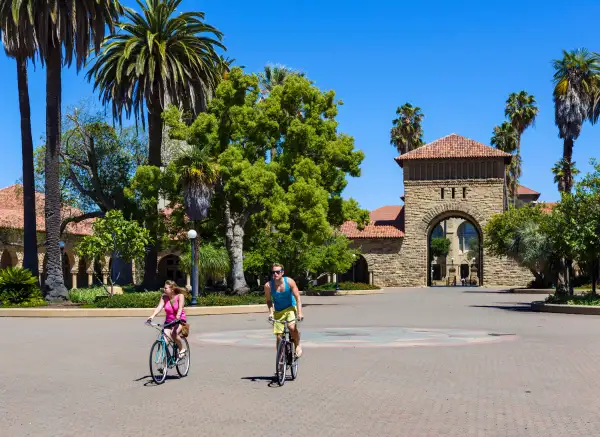20 Best Colleges: Our List vs. That Other One

A familiar name in the college rankings game, U.S. News & World Report, is out today with its annual list of best colleges.
The release wraps up the unofficial college rankings season, during which a number of publications—including Money Magazine and the Money College Planner—offer their latest lists of the national's best schools.
“Best” can be in the eye of the beholder, of course. All of the competing rankings use some of the same data, such as graduation rates and student retention. But their final criteria vary, as does the importance, or weighting, they give to each.
For U.S. News, the ranking formula is based on 16 factors driven by school reputation surveys, student selectivity, faculty resources, alumni giving, graduation and retention rates, and total spending per student on education. This year, the organization slightly tweaked its methodology by increasing the number of years of survey data it considered.
Critics of the U.S. News rankings worry the emphasis on a college's reputation only rewards fame and helps explain why the same few names—such as Princeton, Yale, Williams, and Amherst—consistently appear at the top of the rankings. And by rewarding colleges that spend more per student, the rankings effectively penalize colleges for trying to reduce spending.

Money’s rankings, by contrast, don't count reputation but put a high burden on affordability and student outcomes (measured by such things as alumni earnings). We consider need-based and merit aid, how much students and parents borrow, and the average length of time it takes to graduate at each school to determine the real price of a degree. Our value-added grades also award points to colleges whose students perform better than expected based on their economic and academic backgrounds.
U.S. News also groups the 1,800 institutions in its ranking by type and size, separating them into national universities, national liberal arts colleges, and regional colleges. But that can make it difficult to compare, say, Princeton and Williams, both in first place in their respective U.S. News categories. Money’s 736 best value colleges are all on one list for comparison purposes.
Here’s our list of top colleges for 2015-16, compared with how they performed in the overall U.S. News rankings. To create your own personal "best" list, check out our customizable search tool and read these 9 ways to find the best college for you.
| Money Rank | College | U.S. News Rank and Category |
|---|---|---|
| 1 | Stanford University | 4, National Universities |
| 2 | Babson College | Unranked* |
| 3 | Massachusetts Institute of Technology | 7, National Universities |
| 4 | Princeton University | 1, National Universities |
| 5 | California Institute of Technology | 10, National Universities |
| 6 (tie) | Harvey Mudd College | 14, Liberal Arts Colleges |
| 6 (tie) | Harvard University | 2, National Universities |
| 8 | Maine Maritime Academy | 7, Regional Colleges (North) |
| 9 (tie) | Amherst College | 2, Liberal Arts Colleges |
| 9 (tie) | University of California-Berkeley | 20, National Universities |
| 9 (tie) | Cooper Union for the Advancement of Science and Art | 2, Regional Colleges (North) |
| 12 | University of Pennsylvania | 9, National Universities |
| 13 | University of California-Irvine | 39, National Universities |
| 14 | Rice University | 18, National Universities |
| 15 (tie) | Brigham Young University-Provo | 66, National Universities |
| 15 (tie) | Bentley University | 3, Regional Colleges (North) |
| 17 | University of Virginia | 26, National Universities |
| 18 | University of Michigan | 29, National Universities |
| 19 | Claremont McKenna College | 9, Liberal Arts Colleges |
| 20 | Texas A&M University | 70, National Universities |
*Babson does rank highly on the lists of top undergraduate and graduate business programs. Click here for more on which colleges are unranked and why.
